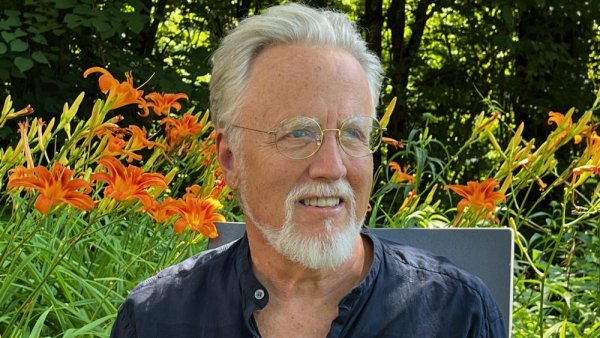Inaugural GSV x Penn State AI conference to be held Sept. 22-25 in Philadelphia
| psu.edu
Education professionals, entrepreneurs and AI-industry experts are invited to attend the inaugural East Coast Global Silicon Valley (GSV) x Penn State event. The Global Impact Forum will be held Sept. 22-25 at the Pennsylvania Convention Center in Philadelphia.
Atoms in advanced alloys find preferred neighbors when solidifying
| psu.edu
A discovery that uncovered the surprising way atoms arrange themselves and find their preferred neighbors in multi-principal element alloys could enable engineers to “tune” these unique and useful materials for enhanced performance in specific applications ranging from advanced power plants to aerospace technologies, according to the researchers who made the finding.
Ag Progress Days returns for packed schedule of activities, demos and exhibits
| psu.edu
Penn State’s Ag Progress Days is back Aug. 13-15 with a full schedule of demonstrations, activities and learning for agriculture enthusiasts of all ages, including the latest in tech, an expansive trade show and activities for kids of all ages.
Penn College's Clean Energy Center to open Pittsburgh facility in early 2025
| psu.edu
Pennsylvania College of Technology’s Clean Energy Center has announced a new strategic partnership with Pittsburgh Gateways Corp. to bring nationally recognized clean energy workforce solutions to Pittsburgh.
Center for Quantitative Imaging launches computed tomography users group
| psu.edu
The Center for Quantitative Imaging has launched the Penn State CT Users Group, which is open to all faculty, students and researchers interested in harnessing the power of computed tomography for their work.
How tiny quantum twists could power tomorrow’s tech
| scitechdaily.com
Researchers at Penn State are developing advanced quantum electronics using kink states, which are unique electron pathways in semiconducting materials. These states could potentially form the backbone of a quantum interconnect network, crucial for transmitting quantum information efficiently. This article features Penn State research.
A Note from Neeli: Penn State steering the future of autonomous vehicles
| psu.edu
Ride along with President Neeli Bendapudi and the faculty and students who are helping develop tech for self-driving cars at the Larson Transportation Institute Test Track.
Professor’s new book examines universities’ role in advancing science
| psu.edu
Penn State Professor of Sociology, Education and Demography David P. Baker is the co-author of the new book, “Global Mega-Science: Universities, Research Collaborations, and Knowledge Production,” which charts the spread of the global university system over the past 120 years and how it precipitated the growth of scientific knowledge.
'Growing Impact' looks at wind energy, floating offshore wind turbines
| psu.edu
The latest episode of "Growing Impact" discusses the future of wind energy, including floating offshore wind turbines and a shift in turbine blade design.
Commonwealth Campus Undergraduate Community-Engaged Research Awards announced
| psu.edu
Penn State announced the recipients of the inaugural Commonwealth Campus Undergraduate Community-Engaged Research Awards, a new program designed for faculty who specifically support undergraduate student participation in research that aims to improve community well-being.
Apply today: Penn State NSF I-Corps virtual fall cohort for researchers
| psu.edu
Penn State’s National Science Foundation I-Corps Short Course is accepting applications for its virtual August/September cohort. The no-cost program helps researchers test a startup idea through customer interviews and educational programming on the lean startup methodology.
Growing Impact: Floating offshore wind energy
| Featuring Mark Miller, Sven Schmitz
Wind power has come a long way from its humble beginnings as water pumps and windmills. Today, it's a major contributor to our electricity generation. While onshore wind farms are well-established, the U.S. has yet to tap into the full potential of offshore wind. With advancements like floating turbines and improved blade designs, wind energy is poised for another significant leap forward.













